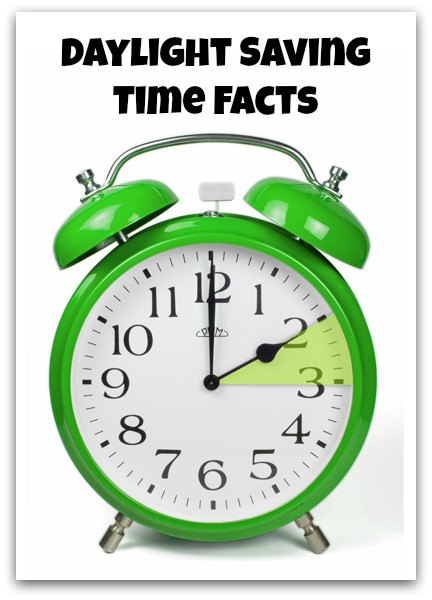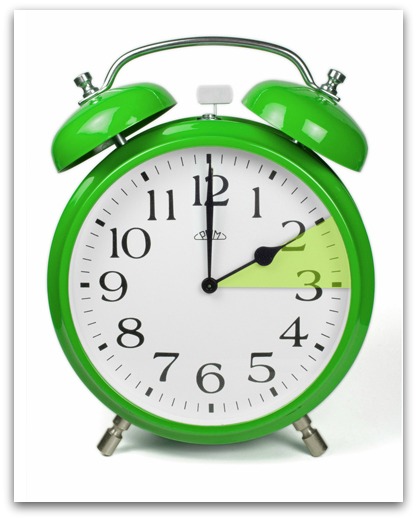Have you adjusted to Daylight Saving Time (not “Savings”) yet? Here are some facts about why we change our clocks each March, and then change them back again in November.
Benjamin Franklin invented Daylight Saving Time…as a joke. While living in France in 1784, he published a satirical essay called “An Economical Project for Diminishing the Cost of Light,” which suggested changing the clocks to provide more daylight hours.
- The U.S. adopted the measure during World War I to conserve energy…after Germany and its allies had done the same thing. After the war, it was repealed in the U.S., then reintroduced during World War II. After the war, it was up to individual states to observe Daylight Savings (most did), and also when to start and when to stop. In 1966, Congress passed the Uniform Time Act to set universal start and end times and dates for participating states.
- Hawaii, American Samoa, Guam, Puerto Rico, and the Virgin Islands still don’t observe the biannual clock change. Arizona doesn’t either, with the exception of the Navajo Nation.
- Indiana used to be a DST battleground, owing in part to the state spanning two time zones. Until recently, 77 of 92 counties (the ones in the Eastern Time Zone) didn’t observe DST, except for two holdout counties near Cincinnati, Ohio, and Louisville, Kentucky. Counties in the Central Time Zone still observed DST, though.The change happens at 2 a.m. on a Sunday because lawmakers determined that that was the least disruptive time—most people are asleep and don’t work on Sundays.
- From 1966 to recently, DST began in April. In 2005, Congress passed the Energy Policy Act, which went into effect in 2007 and moved the time-switch to March in order to save even more energy.
- Obviously, the idea behind DST is to save energy by putting more hours of natural light into the fringes of the workday. A 2008 University of Washington study found that the savings aren’t much—people just have to switch on the lights earlier in the morning rather than at night.










